Complete Solutions to Exercise (Single Correct) of chapter REDUCTION AND OXIDATION REACTION OF ORGANIC COMPOUNDS of Class 12 book with complete answers and questions
| Class 12 | CHEMISTRY |
| Chapter | REDUCTION AND OXIDATION REACTION OF ORGANIC COMPOUNDS |
| CENGAGE CHEMISTRY | Exercise (Single Correct) |
| Number Of Questions | 90 |
| Academic Year | 2023-24 |
Which of the following gives yellow precipitate with `NaOI`?
07:25View Solution `
`
The products (A) and (B), respectively, are:View SolutionCompound `(A) (C_(4)H_(8)O_(3))` reacts with `NaHCO_(3)` and evolves `CO_(2)(g). (A)` reacts with `LAH` to give a compound `(B)` which is a chiral. The structure of `(A)` is:
05:19View Solution
The compound (C ) is:05:20View Solution
The compound `(B)` and (C ), respectively, are:02:29View Solution
The compound `(A)` is:03:53View Solution
The compound `(A)` is:03:44View Solution
The compound `(A)` is:03:12View SolutionAcid-catalysed hydration oxymercuration-demercu-ration, and hydroboration oxidation reaction will give the same product with:
03:14View SolutionThe increasing order of the rate of oxidation with `HIO_(4)` oxidation of the following is:
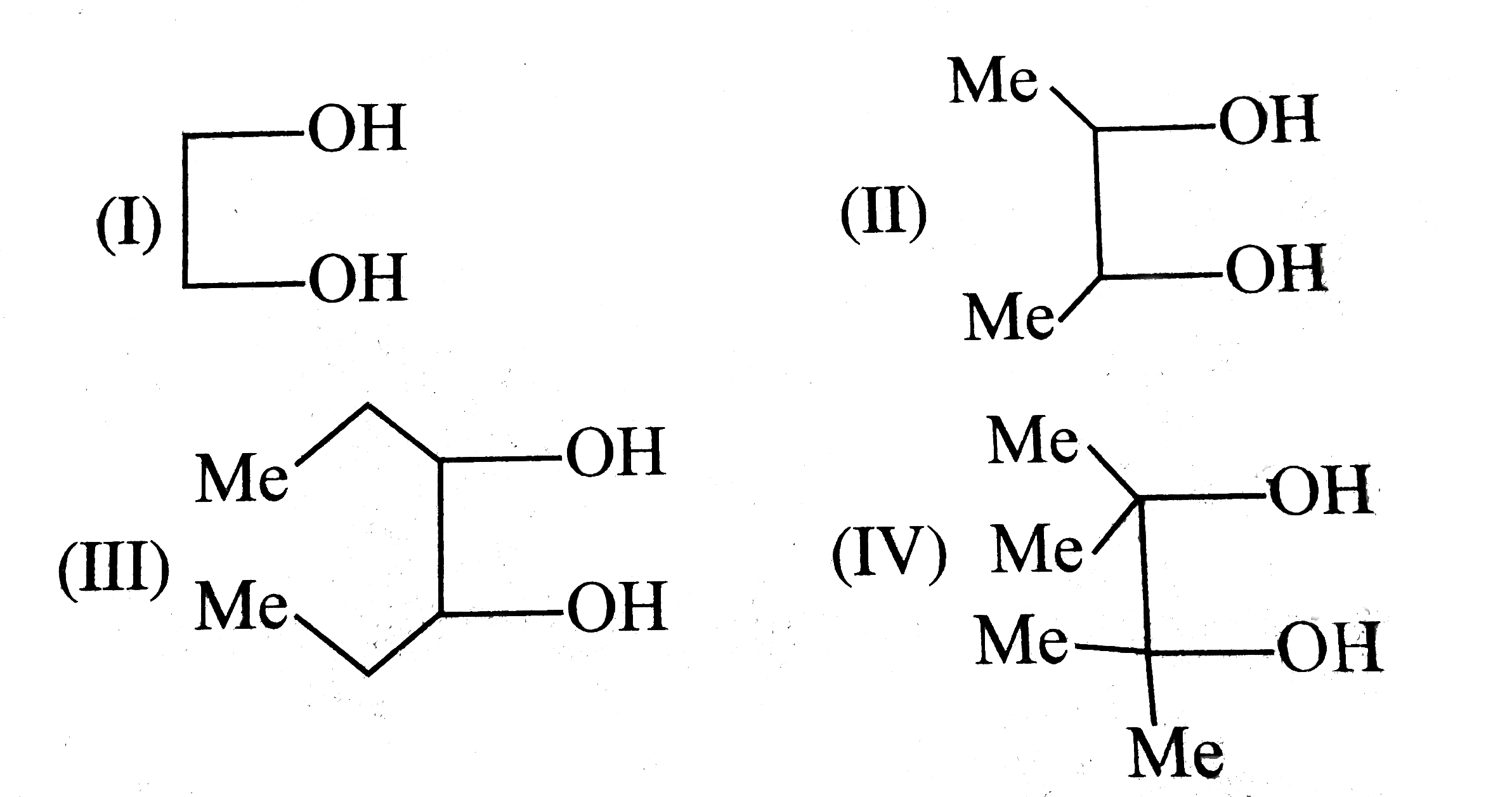 03:20View Solution
03:20View SolutionCompound `(A) underset(HIO_(4))overset(1 mol of)(rarr)`

The compound `(A)` is:03:23View SolutionConpound `(A) underset(HIO_(4))overset(2 mol of)(rarr) 2` mol of glyoxalic acid.
The compound `(A)` is:06:14View Solution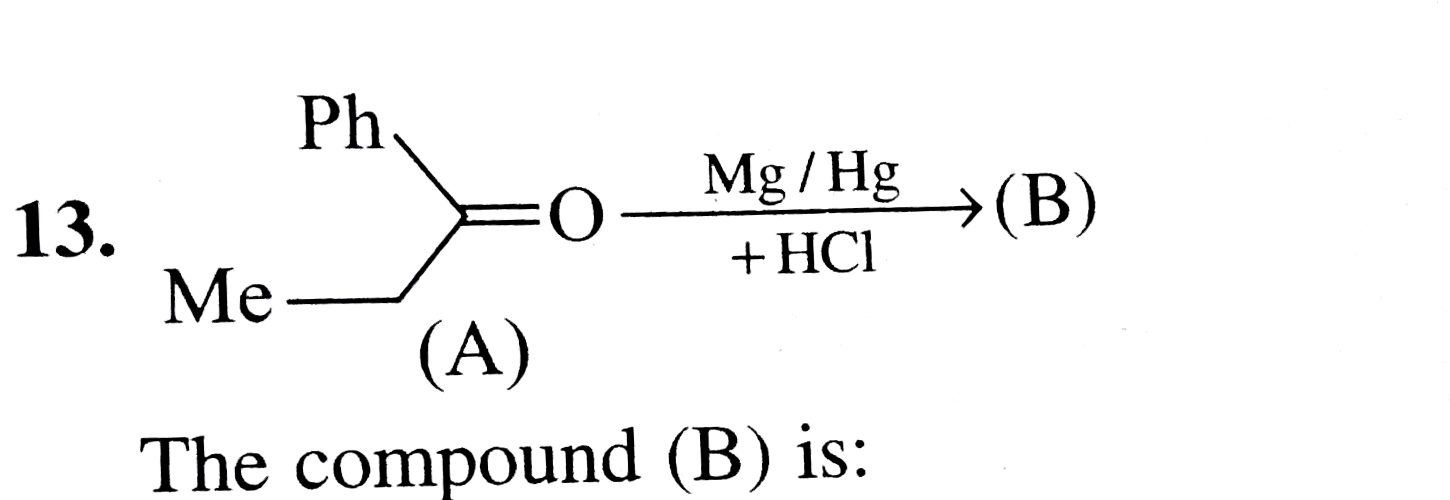
The compound `(B)` is:03:17View SolutionWhich type of reaction in the reduction of carbonyl compound with `LAH` and `NaBH_(4)` occurs, and which nucleophile takes part in the reaction?
04:04View SolutionOxidation of aldehyde and ketone by peroxybenzoic acid to ester is called:
02:39View Solution`Barium adipate overset(Dry distillation)(rarr)(A)overset(MeCO_(3)H)(rarr)(B)`
The compounds `(A)` and `(B)`, respectively, are:04:03View Solution
The products `(A)` is:02:33View Solution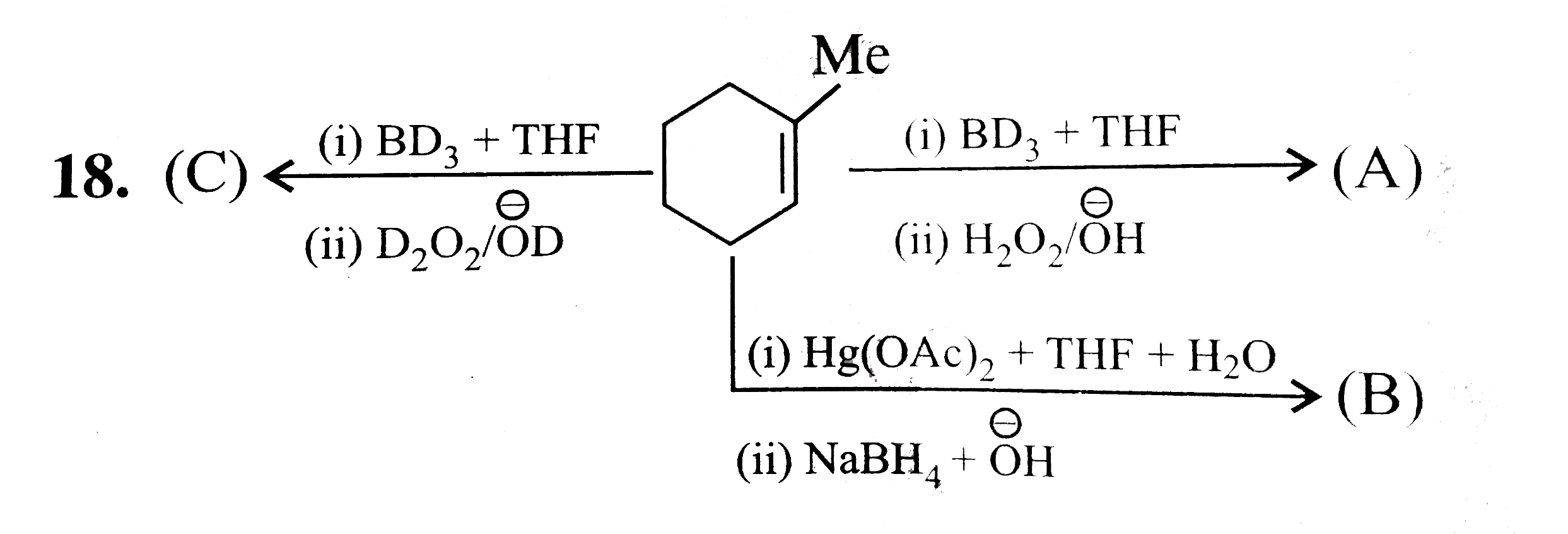
The products `(A), (B)`, and `(C )` are:07:04View Solution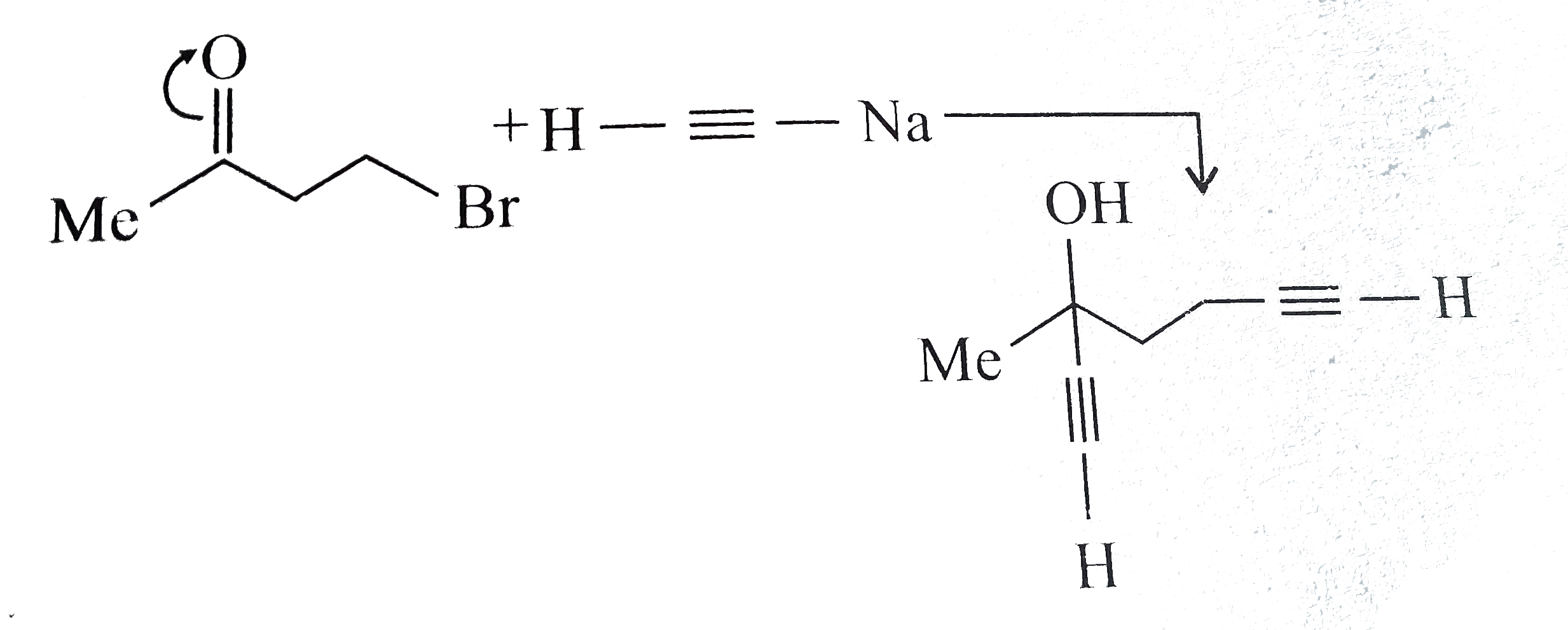
The products `(A), (B)`, and `(C )` are:View SolutionFor the following reaction, which of the following sttaments is correct?
 02:44View Solution
02:44View Solution`MeC-=C-COCl overset(H_(2)+ "Lindlar's Catalyst")(rarr)(A)`
The Product `(A)` is:02:22View Solution
The products (A) and (B), are:04:15View Solution`overset(H_(2)+Ni)(leftarrow) PhNO_(2) overset(LAH)(rarr)(A)`.
The products `(A)` and `(B)` are:02:07View Solution`overset(NaBH_(4))(leftarrow) PhCH=CH-CHOunderset(2. H_(3)O^(+))overset(1. LAH, ether)(rarr)(A)`
The products `(A)` and `(B)` are:03:24View Solution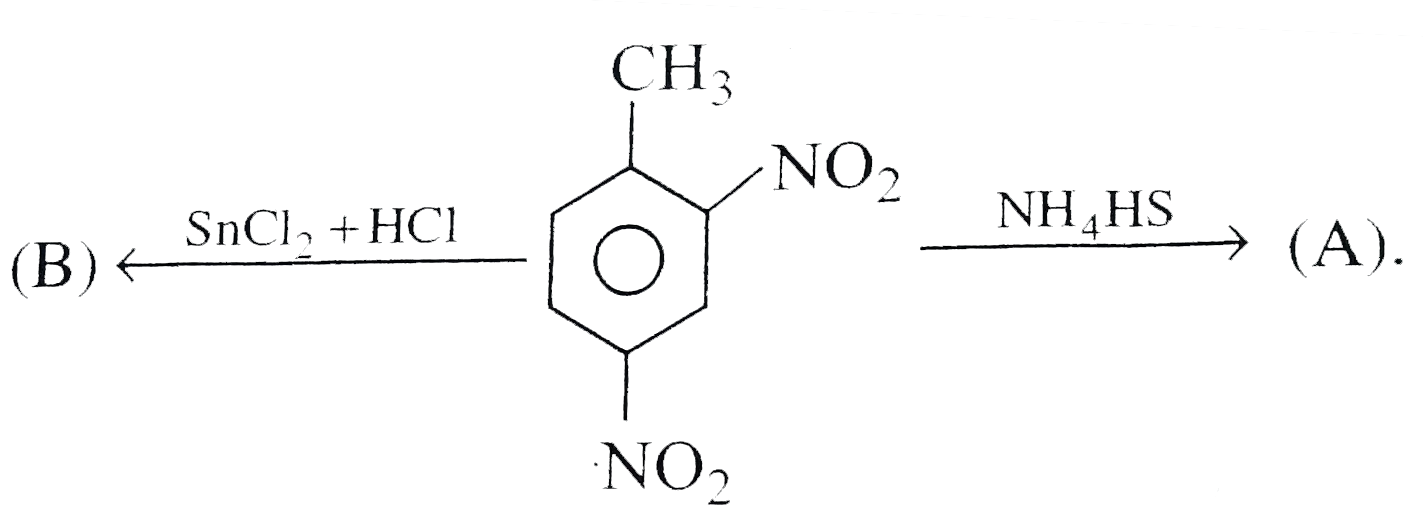
The product `(A)` and `(B)` are:03:11View Solution
The product `(A)` is:View Solution
The product `(A)` is:02:00View Solution
The product `(A)` is:03:18View Solution
The product `(A)` is:02:41View Solution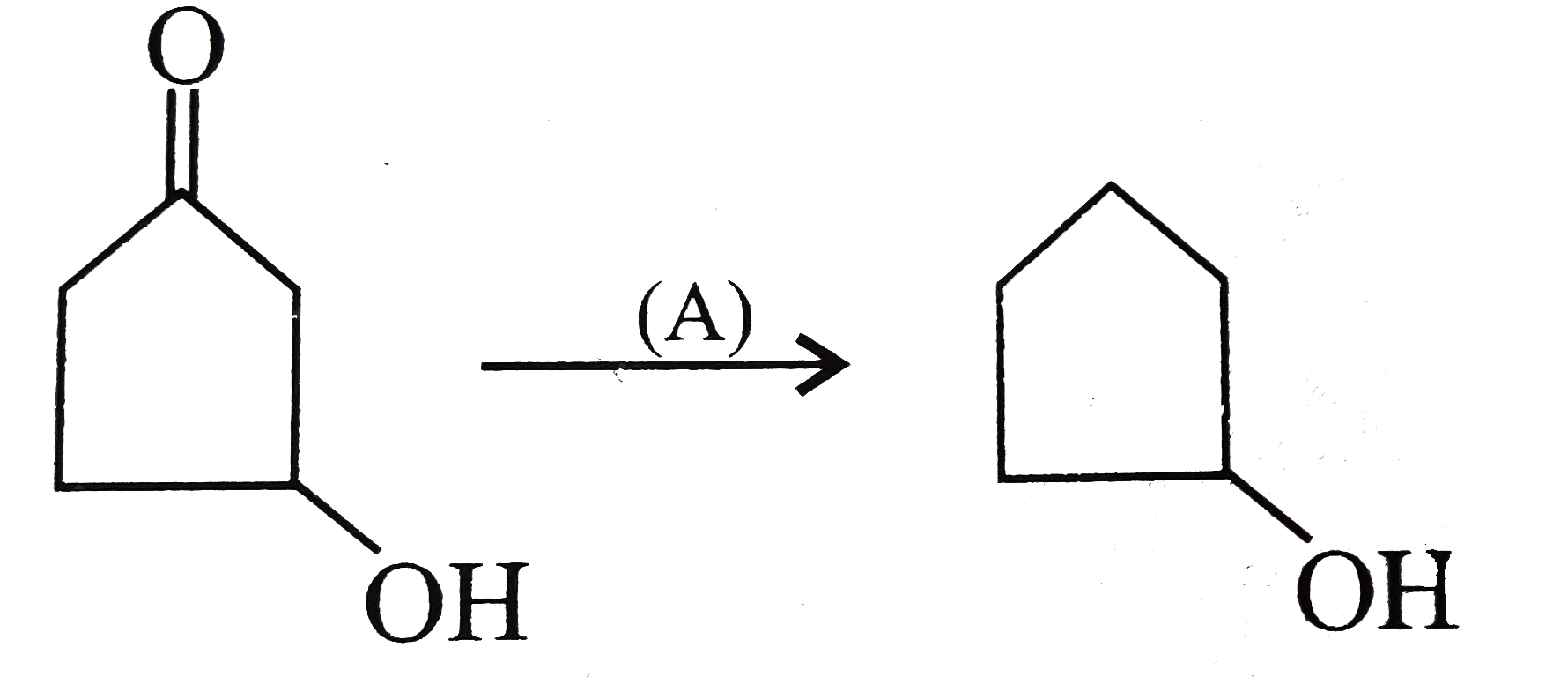
The reagent `(A)` is:02:55View Solution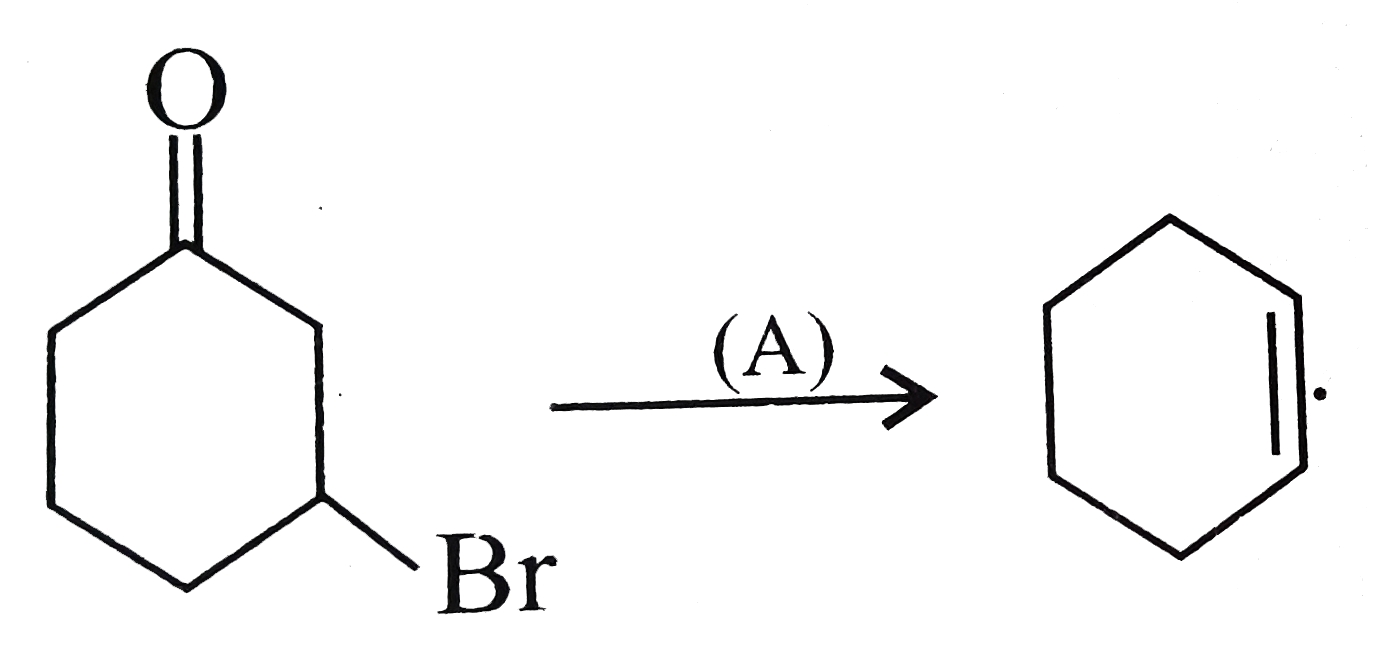
The reagent `(A)` is:03:13View SolutionIn Rosenmund reduction, which of the following does not poison the catalyst `Pd`?
View Solution
The reagent (A) is:02:16View Solution
The products (A), (B), and (c ) are:04:03View Solution
The products (A), and (B) are:02:26View Solution`overset(NaBH_(4))(leftarrow)CH_(3)N_(3)overset(LAH)(rarr)(A)`
the products (A) and (B) are:01:42View Solution`overset(NaBH_(4))larrunderset(overset(|)underset((C))darrH_(2)//Pt)"Ethanoic anhydride"overset(LAH)rarr(A)`
The products (A), (B), and (c ) are:02:43View SolutionThe catalyst and solvent used in `MPV` (Meerwein- Ponndorf-Verley) reaction are:
03:03View Solution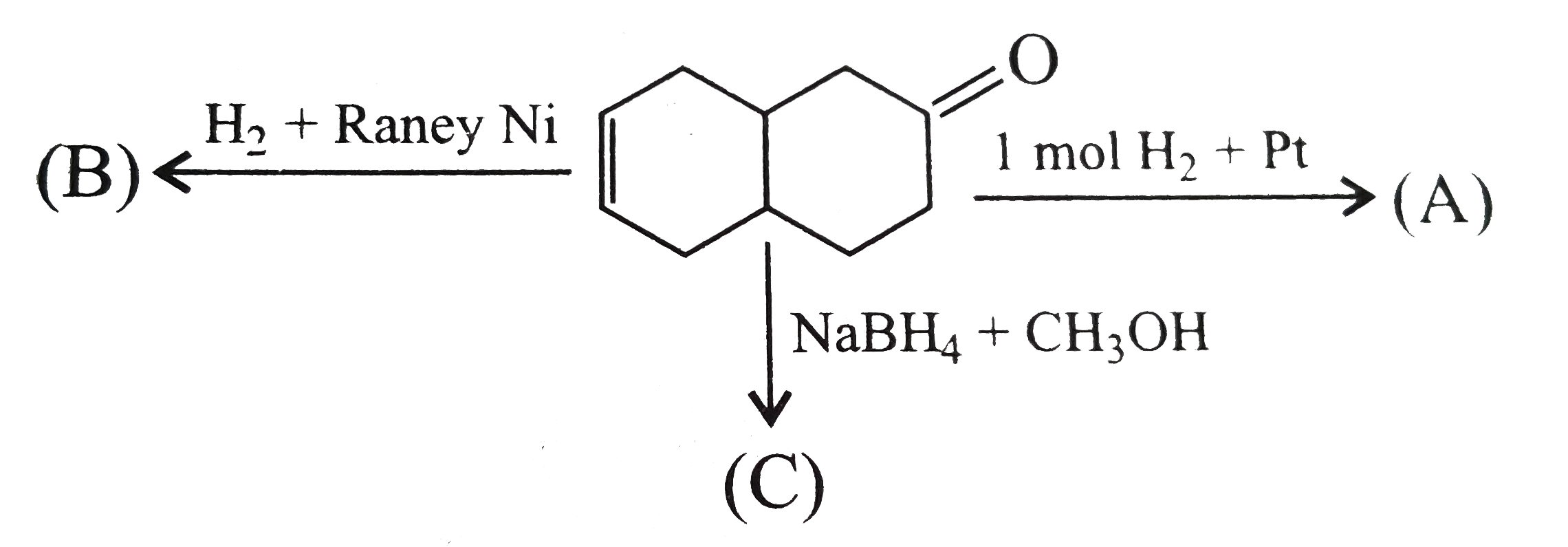
The reagents `(A), (B)`, and `(C )` are:05:41View Solution
The products `(A),and (B)` are:03:26View Solution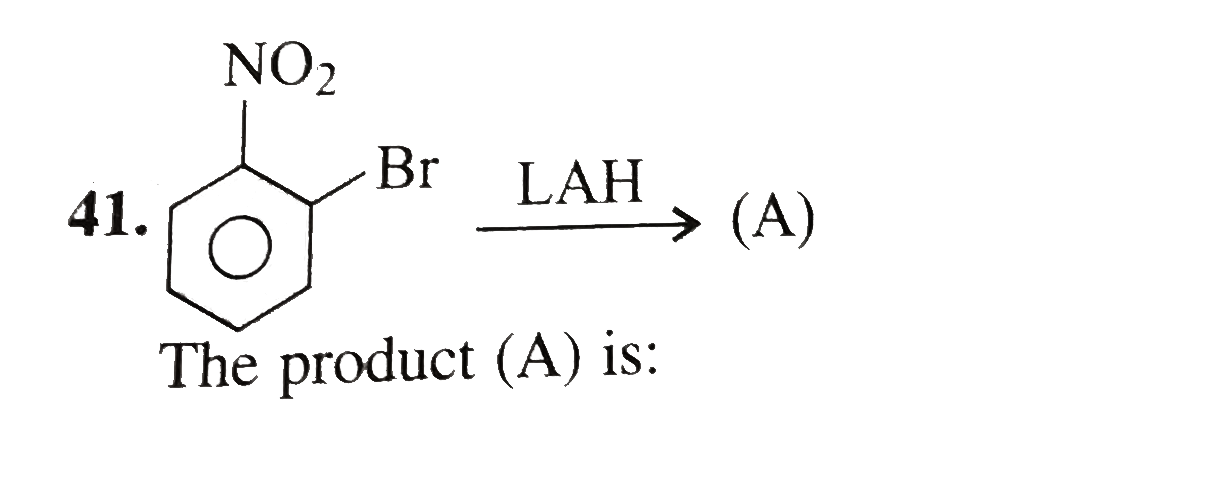
The product `(A), is:03:12View Solution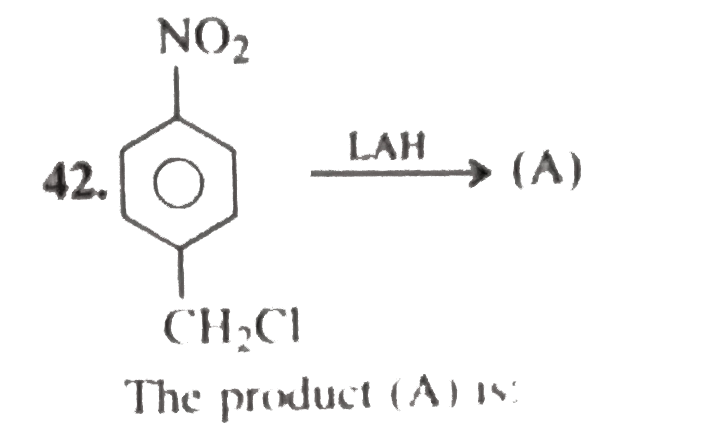
The product `(A), is:02:49View Solution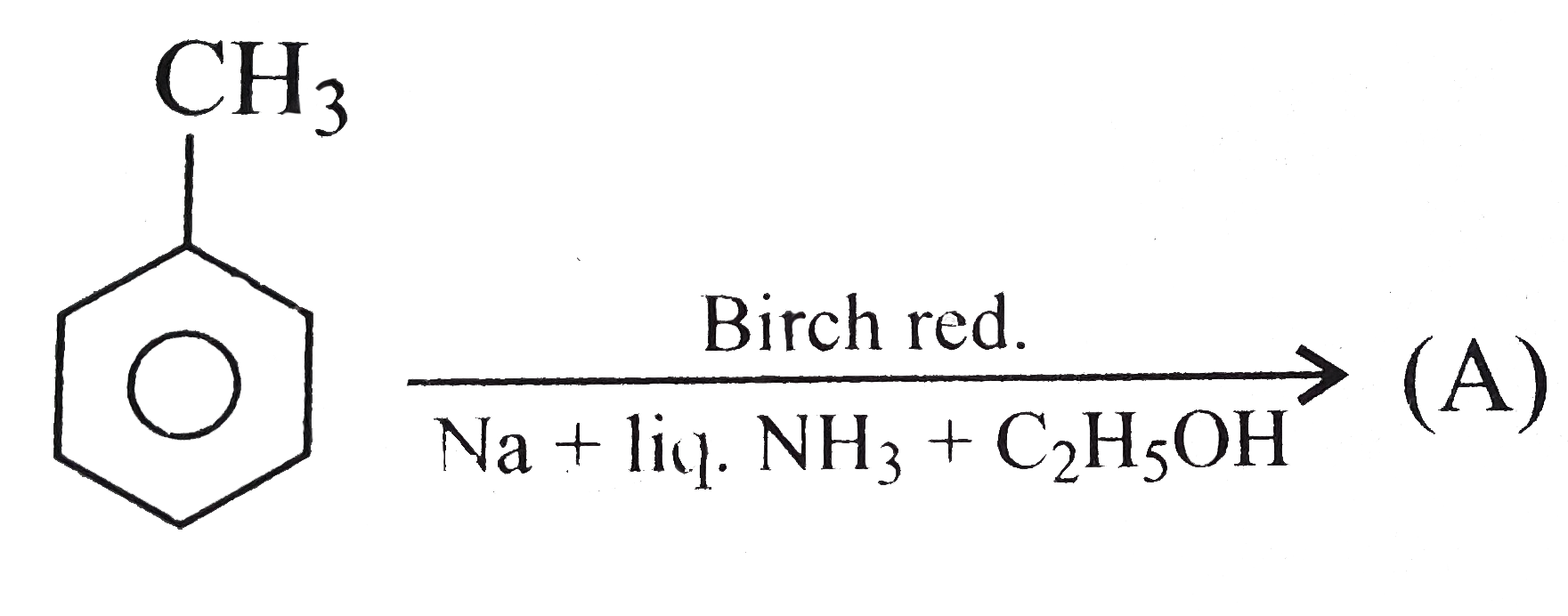
The product `(A), is:03:12View Solution
The product `(A), is:04:08View Solution
The product `(A), is:02:52View Solution
The product `(A)`, and `(B)` are:View Solution
The product `(B)`, and `(C )` are:03:38View Solution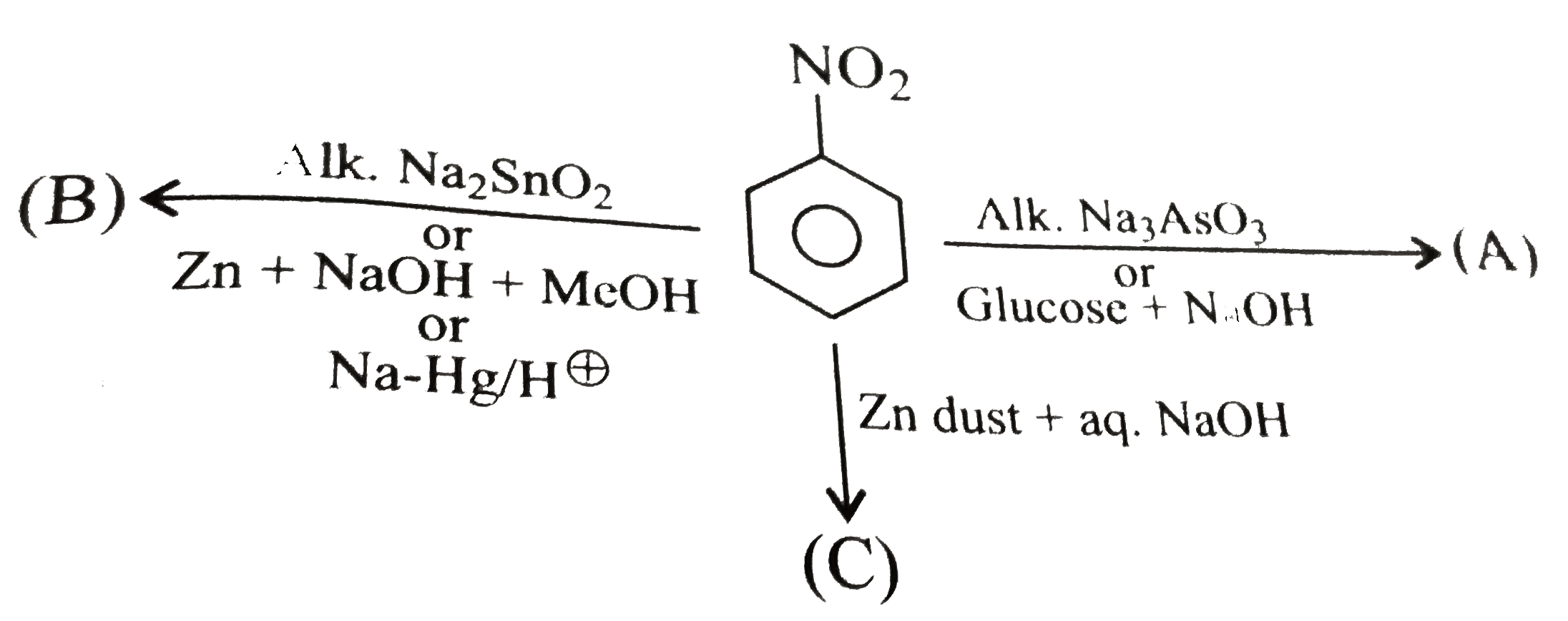
The product `(A), (B)`, and `(C )` are:View Solution
The product `(A)` and `(B)`are:View Solution
The product are:03:18View SolutionToluene on reaction with `CrO_(3)` and `Ac_(2)O` gives benzaldehyde as the main product. The intermediate compound formed in the reaction is:
02:43View SolutionThe final product obtained in the oxidation of t-butyl benzene with `Na_(2)Cr_(2)O_(7)+H_(2)SO_(4)` is:
02:55View SolutionAn aromatic compound `(A), C_(8)H_(10)`, on oxidation with acidic `KMnO_(4)` gives dibasic acid. The compound `(A)` on nitration gives three isomeric nitro derivatives. The compound (A) is:
05:34View Solution`PhCH_(2)CH_(2)CH_(3) underset((ii) h_(2)O)overset((i) CrO_(2)Cl_(2)//C Cl_(4))(rarr) (A)`
The product `(A)` is:02:20View SolutionIdentify `(A)` and `*(B)` in the reaction
 02:33View Solution
02:33View SolutionThe compound `Me_(3)C-NH_(2)` on oxidation with acidic `KMnO_(4)` gives:
01:38View Solution
The product `(A)` is:View Solution
The product `(A)` and `(B)` are:View Solutionan Organic compound `(A) (C_(4)H_(6))` forms a precipitate with Tollens and Fehling's reagents. `(A)` has an isomer `(B)`. `(B)` reacts with `1 mol` of `Br_(2)` to form `1,4`-dibromo-2-butene. `(A)` and `(B)` are:
03:44View SolutionAn alkene on ozonolysis yields only ethanal. There is an isomer of the alkene which on ozonolysis yields:
03:40View Solution
`(A)` can be:04:43View SolutionWhich of the following is an incorrect statement:
View Solution
`(A)` and `(B)` are:View SolutionThe oxidation product of `1,2`-cyclopentane diol with `HIO_(4)` or `(CH_(3)COO)_(4) Pb` is:
04:19View SolutionChromic anhydride in `H_(2)SO_(4)` is not blue by:
View SolutionWhich of the following reactions is correct?
View SolutionFehling's solution can make distinction between:
03:50View Solution`C_(6)H_(10)O_(3) (Keto ester)(A)underset(Delta)overset(NaOH+I_(2))(rarr) Yellow ppt`.
`+(B)overset(H^(o+))(rarr) (C )underset(-CO_(2))overset(Delta)(rarr) CH_(3)COOH`. `(A)` and `(B)` are:07:26View SolutionSuggest a suitable oxidising reagent for the following conversions:

 03:27View Solution
03:27View Solution`C_(2)H_(5)O-overset(O)overset(||)(C )-OC_(2)H_(5) overset(2MeMgBr)(rarr) (A)`. The product `(A)` formed can:
03:30View SolutionWhich of the following compounds will not give haloform reaction?
04:21View SolutionIdentify the set from the following which connot form acetone in a single-step reaction.
View Solution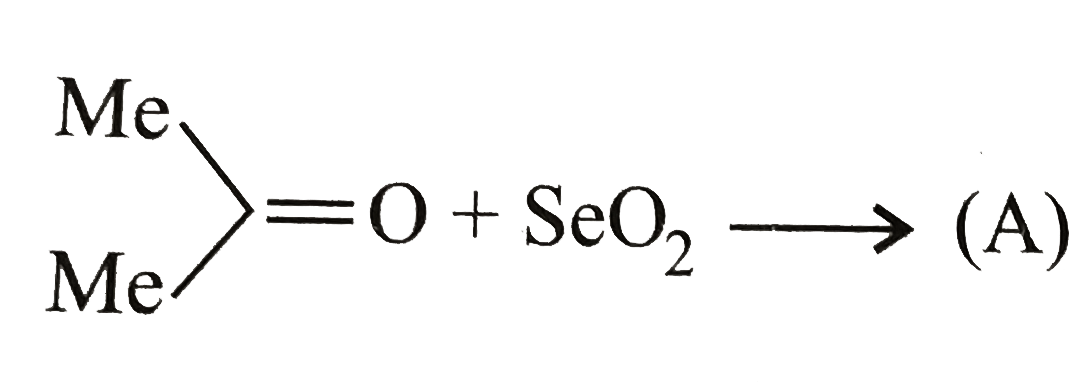
`(A)` will notView Solution`CH_(3)CH_(2)NO_(2) underset(at 0^(@)C)overset(NaNO_(2)+HBr)(rarr) (A)`. `(A)` is
View SolutionWhich of the following does not give Liebermann's nitroso reaction?
View SolutionOf the following compounds, whose ozonolysis proves the Kekule structure of benzene?
05:25View Solution`CH_(3)-overset(CH_(3))overset(|)(CH)-NO_(2) underset(at 0^(@)C)overset(NaNO_(2)+H_(2)SO_(4))(rarr)(A)`. `(A)` is:
View Solution
Which of the following compounds are `(A), (B), (C )`, and `(D)`?
`Ph-overset(CH_(3))overset(|)(C )=O`, `underset((II))(CH_(3)CH=O)`
`underset((III))(CH_(3)-COOH)`, `underset((IV))(Ph-overset(CH_(3))overset(|)(CH)-OH)`
`underset((V))(CH_(3)CH_(2)OH)`, `underset((VI))(PhCOOH)`View Solution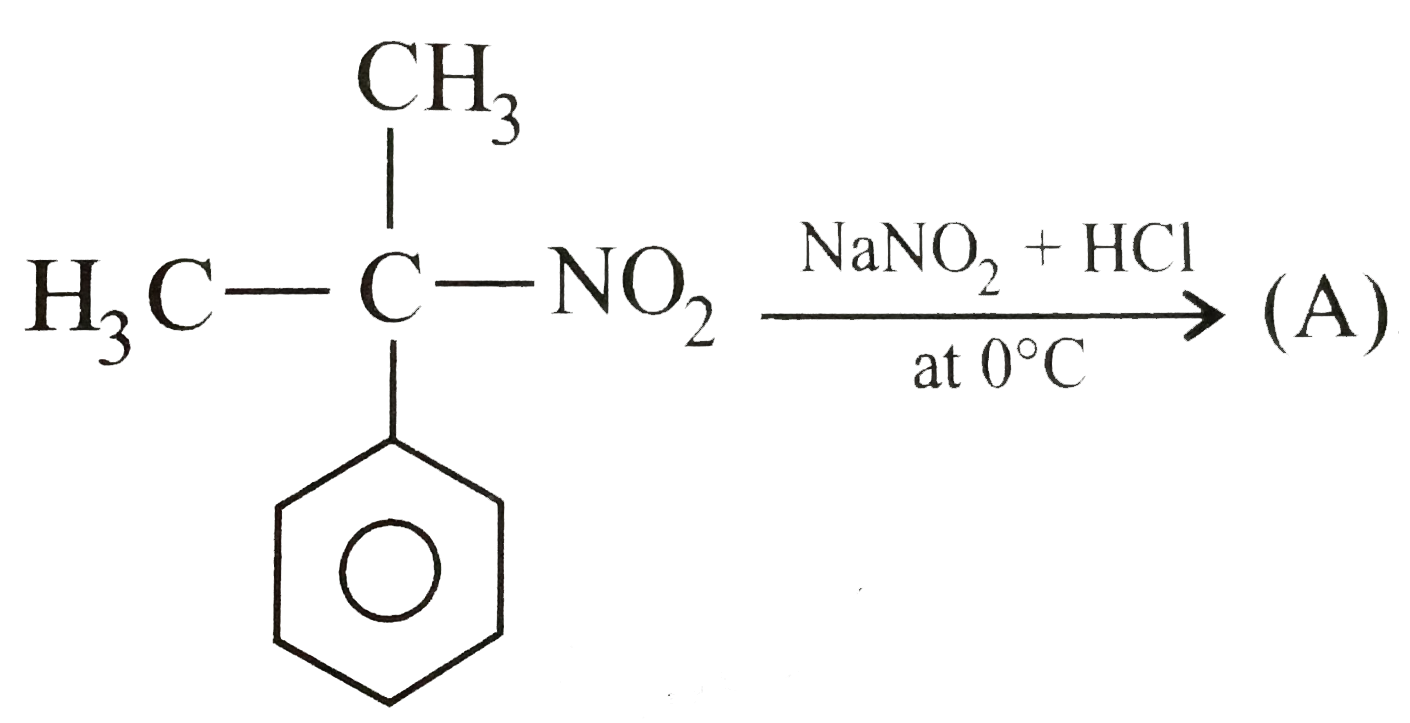
The compound (A)View SolutionFenton's regent `(Fe^(2+)+H_(2)O_(2))` with benzene gives:
01:20View SolutionLactic acid on oxidation with Fenton's reagent gives:
View Solution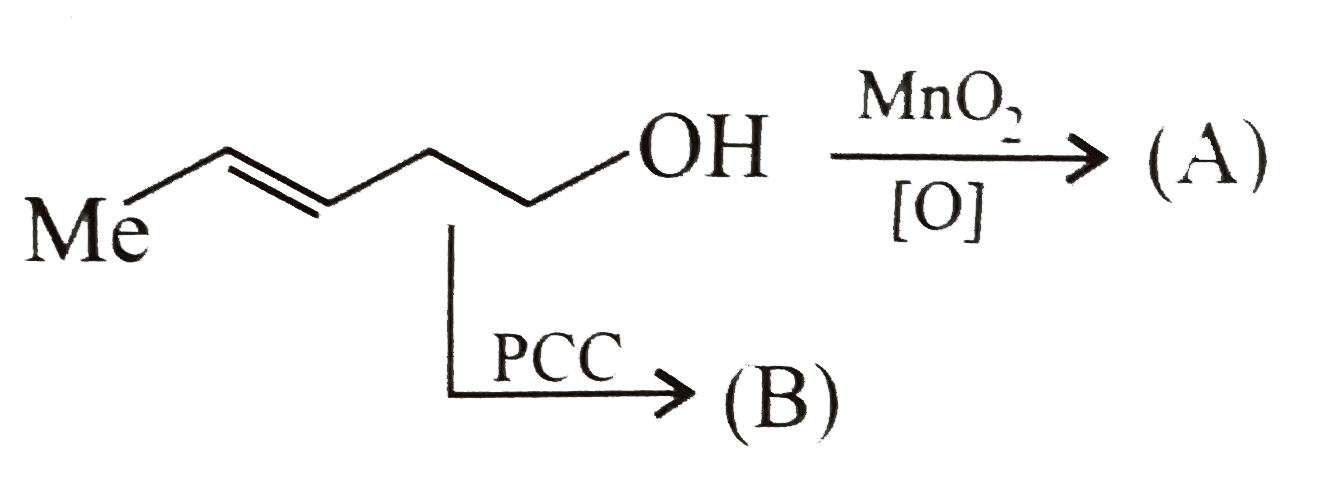
The compounds `(A)` and `(B)` are:02:37View Solution
`(A)` is:View Solution
The compound `(A)` is:View Solution
The compound `(A)` is:02:52View SolutionWhich single reagent can be used in the following conversions?
 View Solution
View Solution`Et-N^(o+)-=C^(ɵ) underset(or HgO or O_(3))overset(Cl_(2)+DMSO)(rarr)`. The compound `(A)` is:
View SolutionImines or enamines are selectively reduced to `1^(@)` or `2^(@)` amines with:
View SolutionCaprolactone on reduction with `LAH` or `H_(2)+Pt` or `Pd` gives:
02:20View SolutionCaprolactam on reduction with `LAH` or `H_(2)+Pt` or `Pd` gives:
View Solution
Exercise (Single Correct) questions and complete solutions for chapter REDUCTION AND OXIDATION REACTION OF ORGANIC COMPOUNDS of CENGAGE CHEMISTRY (HINGLISH) of Class 12
